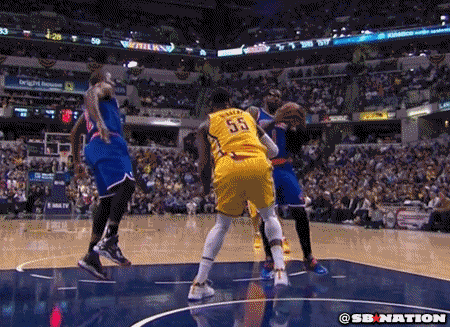top of page
(781) 429-7700

Ankle Sprain
Ankle sprains account for 40% of all athletic injuries!

The ATFL/CFL are commonly affected.
Cause
Ankle sprains occur when there is excessive ankle inversion while foot is in plantar-flexion.


Risk Factors
Patient Related
Patients who have limited dorsiflexion, decreased proprioception or balance deficiency are at greater risks of suffering an ankle sprain.
Environment Related
Patients who participate in sports played on hard surfaces, such as basketball or volleyball, are at an increased risk of suffering an ankle sprain as well.
Classification
Type | Ligament Disruption | Bruising/Swelling | Pain When Weight Bearing |
|---|---|---|---|
Grade I | None | minimal | normal |
Grade II | Stretched without tear | moderate | mild |
Grade III | Complete tear | severe | severe |
Diagnosis
A full comprehensive exam consists of x-rays, to rule out any fractures, and ankle stability tests, including the Anterior Drawer and Talar Tilt test.

Treatment
Almost all ankle sprains can be treated without surgery. Treatment may vary depending on the severity of the sprain, but usually consists of a combination of RICE, immobilization and physical therapy.
-
Macknet, D. & Weatherford, B. (2020). Ankle Sprain. Ortho Bullets. https://www.orthobullets.com/foot-and-ankle/7028/ankle-sprain
-
Haddad, S. & Fischer, S. (2016). Sprained Ankle. OrthoInfo. https://orthoinfo.aaos.org/en/diseases--conditions/sprained-ankle/
bottom of page

